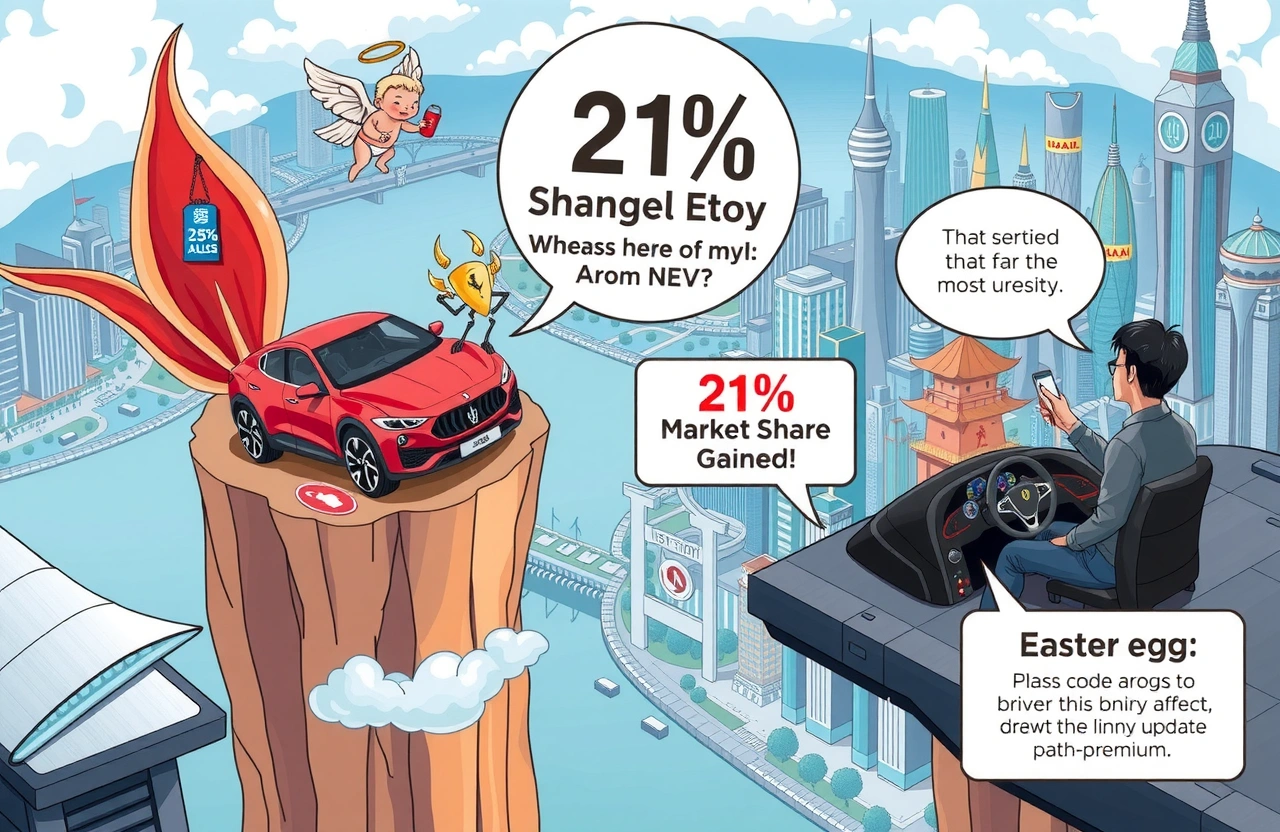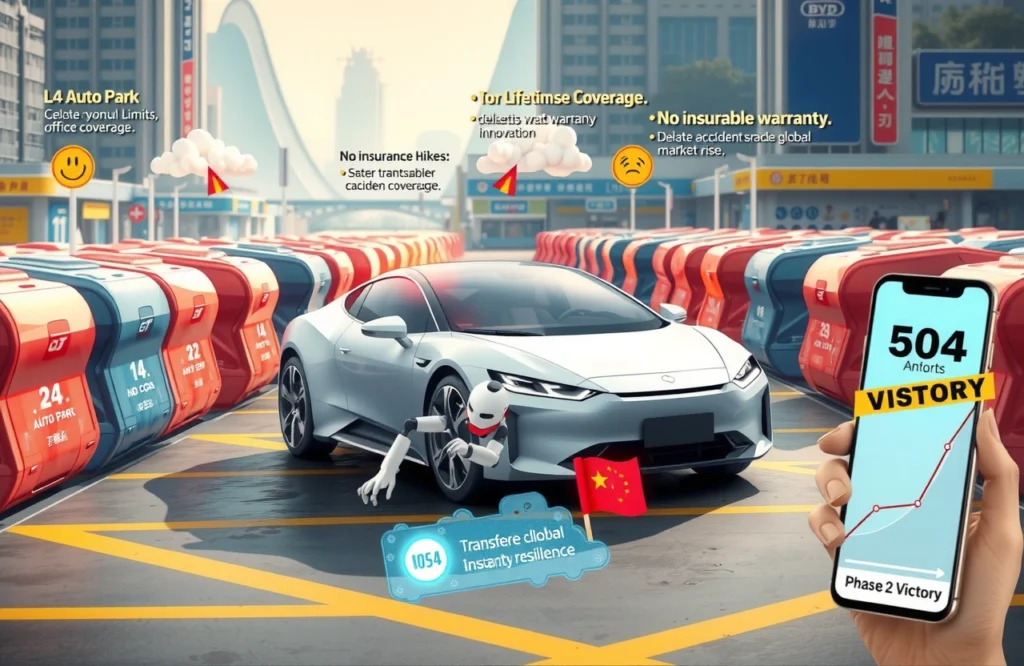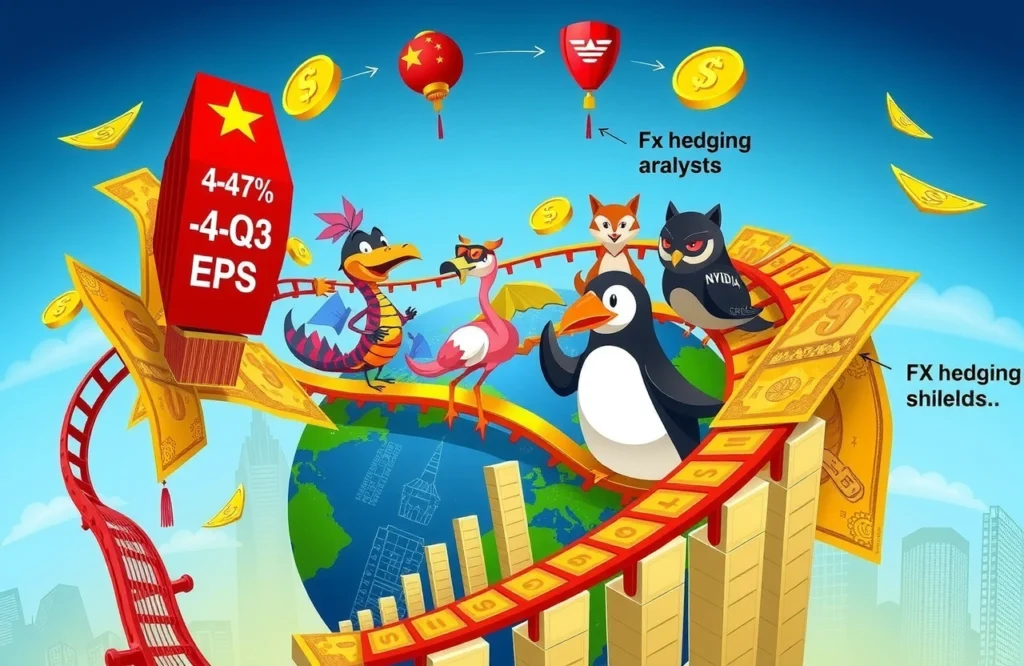The Shanghai Showroom Shakeup That Revealed a Trend
A Shanghai dealership recently made headlines by slashing prices on Maserati Grecale SUVs from over 600,000 RMB to nearly 380,000 RMB – effectively halving the cost of the Italian luxury vehicle. This drastic move signals broader turbulence in China’s premium automobile sector that extends far beyond temporary discounting. Rather than reflecting simple consumer frugality, this episode exposes fundamental shifts reconfiguring the luxury automotive landscape.
Key Findings: Decoding the Luxury Auto Shift
- The premium vehicle segment (cars priced above 400,000 RMB) actually grew 22.2% year-over-year in 2023 despite Maserati’s struggles
- Chinese NEVs now capture 21% of the high-end market – up from just 6.5% in 2022
- Brand storytelling that fuelled traditional luxury marques is losing resonance with modern consumers
- Dealer survival pressures increasingly override brand pricing strategies during market transitions
The Counterintuitive Truth: Premium Market Expansion
Contrary to surface narratives about luxury contraction, data from the China Automobile Dealers Association reveals robust growth in the premium segment. Sales of vehicles priced above 400,000 RMB reached 1.04 million units in 2023—a significant 22.2% increase from 2022’s 821,000 units. This expansion demonstrates continued consumer willingness to spend on premium transportation, but with redirected preferences. The National Passenger Car Association further notes this growth is primarily concentrated in the 500,000-1,000,000 RMB range where Chinese brands now compete effectively.
The New Energy Disruption: Reshaping Luxury Horizons
Chinese automakers have fundamentally altered competitive dynamics in the premium space. Brands like Li Ideal, AITO (问界), and BYD’s Yangwang (仰望) now capture significant market share through tech-forward positioning. From Q1 2022 to Q1 2024, domestic brands increased their premium segment share from 6.5% to 21%, representing a strategic disruption of established hierarchies.
Technological Parity Eliminates Traditional Advantages
Traditional European marques built dominance through generations of refinement in combustion engines, transmissions and chassis systems—the revered ‘三大件’ or ‘three key components’. Maserati engineers historically leveraged these mechanical advantages alongside evocative brand storytelling. However, these pillars now face dual challenges: The transition to NEVs reset technical leadership, while new luxury priorities emerged around battery efficiency (续航), intelligent cockpits (智能座舱) and autonomous driving – domains where competitors like Huawei-backed AITO have demonstrated formidable capabilities.
The Cost Premium Paradox
Beyond technical parity, NEVs introduced compelling new value propositions. AITO’s M9 executive SUV offers comparable dimensions and features to Maserati’s Grecale at approximately 500,000 RMB – significantly below traditional luxury pricing. Li Ideal’s L9 similarly provides premium amenities at accessible price points while avoiding infamous ‘Italian maintenance surprises’ where basic servicing can cost thousands. This price-to-value recalibration proves particularly disruptive in China’s pragmatic luxury market.
Redefining Luxury: The Evolving Consumer Mindset
The psychological foundations underpinning luxury vehicle purchases have undergone profound transformation in recent years. Where traditional European marques emphasized heritage and exclusivity, contemporary Chinese consumers increasingly prioritize technological sophistication, ecosystem integration and personalization.
The Decline of Conspicuous Consumption
Marketing analysts worldwide document rising ‘luxury shame’ – aversion to overt status signaling through logos and badges. Bain & Company’s 2023 Luxury Study shows 68% of Chinese consumers now prefer subtle branding over conspicuous displays. Shanghai-based consultant Mei Chen (陈梅) observes: ‘High-net-worth individuals increasingly view Italian supercars as financial liabilities rather than status assets. They’d rather invest in experiences or appreciating assets.’
When Heritage Becomes Baggage
Traditional luxury narratives emphasizing European craftsmanship and racing pedigrees increasingly clash with consumer priorities. Beijing focus groups reveal buyer frustration with legacy manufacturers’ slow technological adoption. As venture capitalist James Li (李志强) notes: ‘I can admire Maserati’s racing heritage while recognizing their infotainment systems feel generations behind. Luxury today means the best technology merged with refined experiences.’
The Dealer Dilemma: Survival vs. Brand Preservation
The Shanghai Maserati incident reveals critical tension between brand guardianship and dealer economic realities. When contacted about the discounts, sales representatives emphasized these were ‘dealer-specific promotions’ rather than manufacturer-endorsed pricing – highlighting fundamental conflicts.
Divergent Timelines Create Friction
Global manufacturers operate on elongated cycles, prioritizing brand equity preservation across 3-5 year horizons. In contrast, dealers face immediate existential pressures: Provincial dealers typically carry 15-30% higher inventory than coastal counterparts due to logistical challenges, according to China Automobile Dealers Association data. Daily cash flow demands (store leases averaging 200,000 RMB monthly for prime locations, 80-person payrolls exceeding 950,000 RMB monthly) create intense short-term pressures.
The Inventory Tipping Point
With Maserati’s China sales declining over 35% year-on-year, Shanghai dealer groups reportedly faced 180-day inventory cycles—twice the sustainable industry standard. As leading consultant Liu Run (刘润) observes: ‘This wasn’t strategic discounting but hypoxia response. When inventory suffocates cash flow, dealers must choose between brand protocol and economic survival.’
Strategic Crossroads: Legacy Luxury’s Path Forward
The shifting luxury car market presents European marques with foundational choices about their China future. Brand that successfully adapt will embrace three critical dimensions:
- Technology Partnerships: Jaguar Land Rover’s recent NIO battery swap cooperation demonstrates pragmatic approaches to closing tech gaps
- Hybrid Positioning: Porsche’s electrified Taycan maintains performance positioning while competing technologically
- Experiential Differentiation: Ferrari’s tailored customization program preserves exclusivity beyond pure performance metrics
Beyond Price Tags: The Future Premium Identity
The Maserati episode symbolizes a broader reality: Traditional mechanical excellence alone cannot sustain luxury positioning as the market accelerates toward intelligent, connected mobility solutions. Brands succeeding in China’s premium sector will transcend heritage narratives to deliver seamlessly integrated ownership ecosystems combining personalized service, over-the-air capability upgrades and technological leadership. For dealers, manufacturers and consumers alike, this industry transformation demands reassessment of what luxury truly represents in an electrified, algorithm-driven mobility future.
Crucial Consumer Guidance
Prospective luxury vehicle buyers should carefully evaluate:
- Residual value projections given rapid technological evolution
- Ecosystem interoperability with personal devices and smart infrastructure
- Software upgrade pathways ensuring vehicles remain current
- Service network support quality beyond initial purchase
For industry observers, track how established manufacturers respond through partnerships and platform modernization. For dealers, advocate sustainable inventory arrangements that balance brand protection with commercial viability. The sector’s evolution will offer profound insights into consumer priorities and technological influence on premium positioning.




